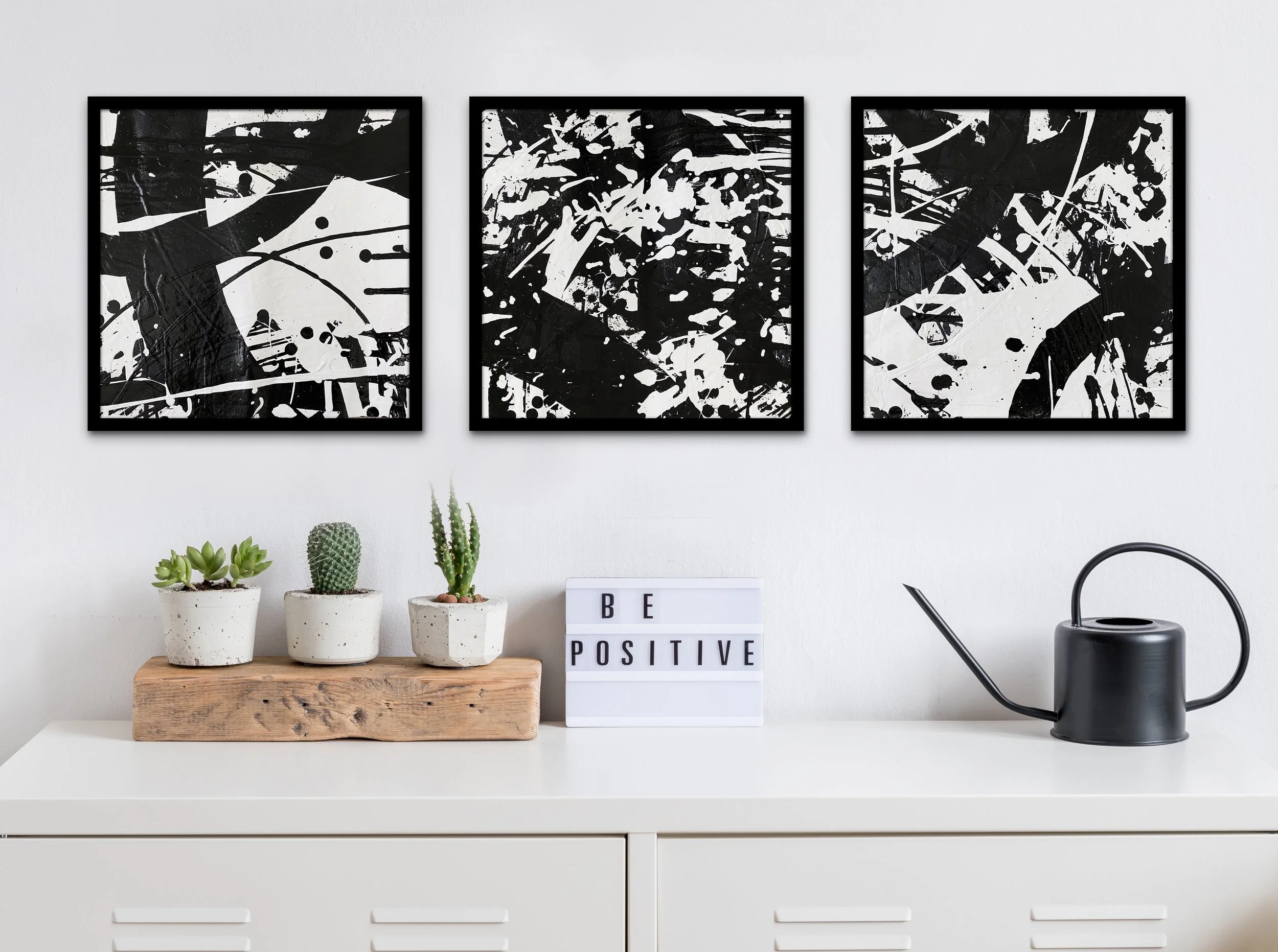5 Reasons Why You Should Paint in Black and White
Painting in black and white has completely transformed my artistic perspective. The simplicity of these two tones allows me to strip down the painting process to its most essential elements, enabling me to focus on the details that truly matter. By working without the distraction of color, I can observe how each brush stroke, line, and form influences the overall composition of a painting. Black and white have given me the freedom to experiment with light, shadow, contrast, and proportion without the constraints of color choices. Even when I transition back into color, I find that my understanding of how different techniques shape a piece is much deeper. Painting in black and white has truly taught me the power of simplicity in art.
One of the greatest benefits of painting in black and white is the heightened focus on the shapes and forms within your subject matter. Without the distraction of color, you can fully appreciate the simple beauty of the world around you. Additionally, it’s a fantastic way to hone your skills in light and shadow. If you’re considering exploring black and white painting, here are five compelling reasons to give it a try.
1. It helps you master the basics of art
Painting in black and white allows you to concentrate on the foundational elements of art: composition, light and shadow, texture, line, shape, and contrast. Without the distraction of color, you can delve deeply into these core principles, refining your understanding and application of each. This focus not only strengthens your technical skills but also enhances your ability to create balanced and harmonious compositions.
2. You can easily identify mistakes
When working with only two colors, the heightened contrast makes any errors or inconsistencies more apparent. This increased visibility helps you quickly identify and correct mistakes, leading to a cleaner and more polished final piece. Over time, this practice sharpens your eye for detail and improves your overall precision as an artist.
3. You can have more control over the feeling of a piece
Without the influence of color, you have greater control over the emotional impact of your work. The absence of color forces you to rely on brushstrokes, texture, and composition to convey mood and emotion. This focus on the expressive power of your techniques can lead to more evocative and emotionally resonant pieces, where the viewer is drawn in by the subtle nuances of your work.
4. You develop better observational skills
Painting in black and white challenges you to observe and record your subject with greater accuracy. Without the safety net of color, you must rely solely on your understanding of form, light, and shadow to represent what you see. This heightened focus on observation helps you develop a more discerning eye, allowing you to capture the essence of your subject with greater fidelity.
5. It can help build confidence
Working in black and white pushes you out of your comfort zone, encouraging you to explore new techniques and stretch your creative muscles. The constraints of a limited palette force you to think more creatively, leading to a greater sense of accomplishment when you successfully navigate these challenges. Over time, this confidence carries over into other areas of your artistic practice, empowering you to take on more ambitious projects.
Overall, painting in black and white is a powerful tool for artistic growth. It allows you to master the fundamentals, improve your observational skills, take greater control over the mood of your work, and build confidence. By limiting yourself to just two colors, you can refine your technique and create stunning, impactful pieces that stand out in any space. Whether you’re a seasoned artist or just starting out, exploring the world of black and white painting can open up new avenues of creativity and expression.
If you have any questions about painting in black and white or if you have any tips you’d like to share, please comment below or hit me up on Instagram.




